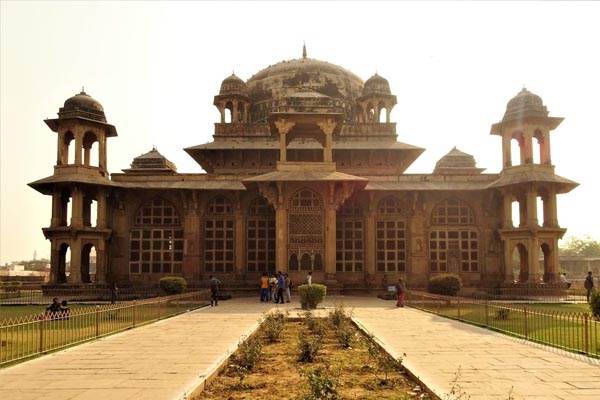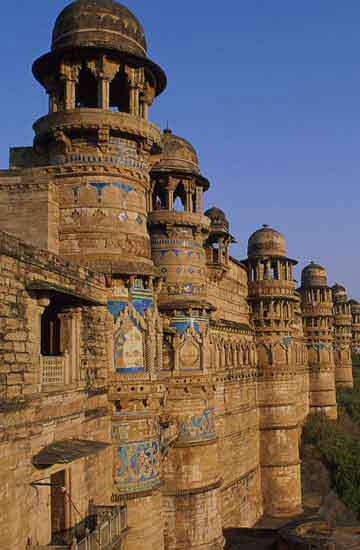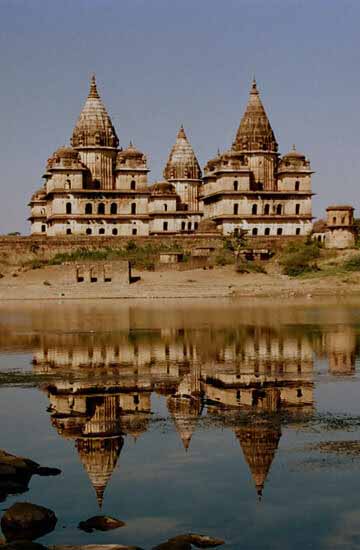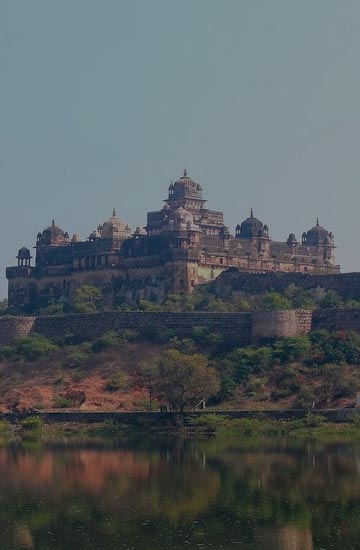Gwalior Darshan - City Sightseeing Tour of Gwalior Madhya Pradesh
Search for Hotels in Madhya Pradesh
Gwalior Darshan
- Gwalior fort - 'The pearl amongst fortresses in India'
- The Chaturbhuj temple at Gwalior fort has the first ever written "Zero"
- The Tansen music festival is celebrated every year on Tansen's tomb in Gwalior
- One of the carpets in Jai Vilas Palace took nearly 12 years to weave
Basic Details
- Start Point : Gwalior City Limits
- Finish Point : Gwalior City Limits
- Timings: 10:00 am or 11:00 am (Pick-up)
Post-pick-up you will visit the following suggested places:
The Fort +
Telika Mandir, 8th Century +
Gujari Mahal (4 Km) +
Man Mandir Palace +
Ghaus Mohammed's Tomb (3 Km) +
Gurudwara Data Bandhi Chhod +
Gopachal Parvat +
Sun Temple (7 Km) -
Sarod Ghar -
Jai Vilas Palace And Museum (2 Km) +
Art Galleries And Museums +
Tansen's Tomb (4 Km) +
After the completion of your tour, you will be dropped back to your place within Gwalior city limits.
Optional (On Extra Payment)
Gwalior Zoo, open every day from 8 am to 3 pm, has some rare species of Indian wildlife kept in natural surroundings.
Inclusions +
Exclusions +
Note +
Day Tour Packages From Gwalior (Vehicle Only)
Tour Code
GWL-DT-07
GWL-DT-07
Gwalior - Mitaoli - Padavali - Bateshwar - Chambal Sanctuary - Gwalior
Day Tour Package
Day Tour Package
Tour Code
GWL-DT-11
GWL-DT-11
Gwalior - National Chambal Sanctuary (Morena) - Gwalior
Day Tour Package
Day Tour Package














